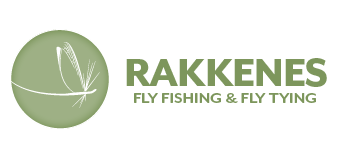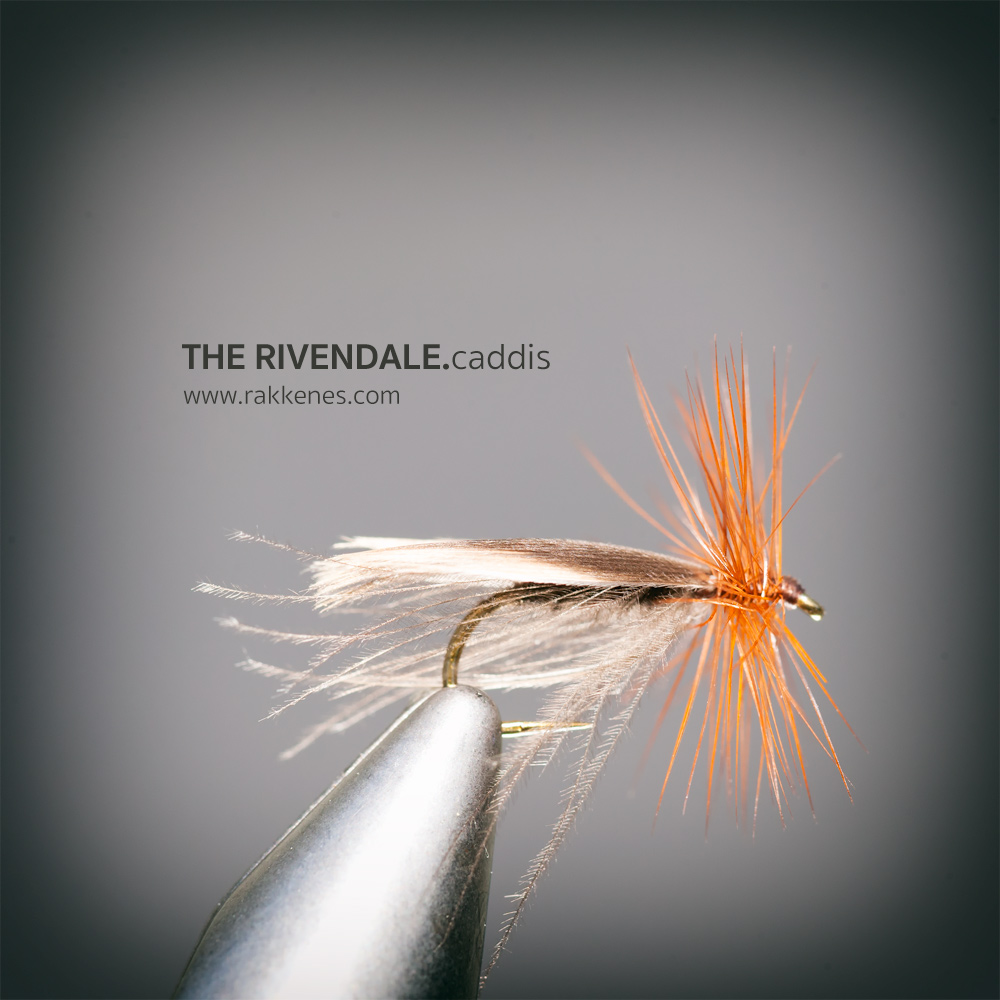EUROPEA 12 VARIANT WITH CdC
On the water, the caddis is a lively fly. Never resting, always whirling and poking around on the water film. This fly is my go-to caddis with a nice surprise. A CdC feather is palmered on the shank to create the illusion of movement and legs.
This is one of the most important caddis pattern in my flybox. I created it after having tied a batch of the CdC & Elk and the Europea 12 flies. I What if I combine the best of both worlds: The great idea with the CdC body and swaying barbules from Hans Weilenmann’s Cdc & Elk and the nice wing and hackle construction from the E-12 pattern.
I fish this fly on rivers and streams with unbroken water – i.e. no riffles and no heavy current. The CdC barbules and the hackling (red) seem to be great attractors for both trout and grayling. Combined with the nice profile from the Mallard wing, the fly is a very efficient fish catcher on still water and calm streams.
This pattern is also a very good starting point for tying an efficient stone fly. You could easily adapt the pattern, simply by tying a thinner wing.
The trick with the fly is the body. Start the fly by tying in a long barbuled CdC feather on the back of the hook shank. Then, simply palmer the feather forwards to the point where you want to tie in the Mallard wing. Remember to stroke back the loose CdC barbules as you palmer your way forwards. If you are unsure, see Hans Weilenman using this technique on the CdC & Elk on his YouTube channel.
Hook: Tiemco 100SP-BL 10-16 (or a similar dry fly hook)
Thread: Uni 8/0 Yellow or Brown
Abdomen: One natural colored CdC feather with long barbules.
Wing: Two Mallard feathers
Hackle: Dark barred ginger or brown rooster hackle
Materials are listed in order of tying.
Read more about the Tiemco 100SP-BL here
High and dry – dead drift as most other dry duns.





